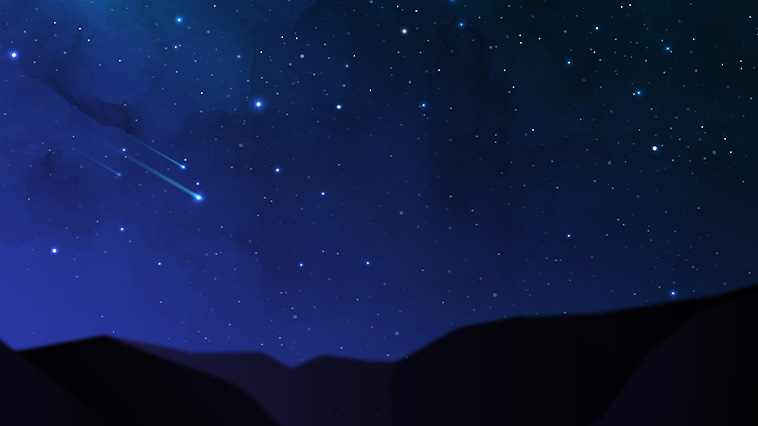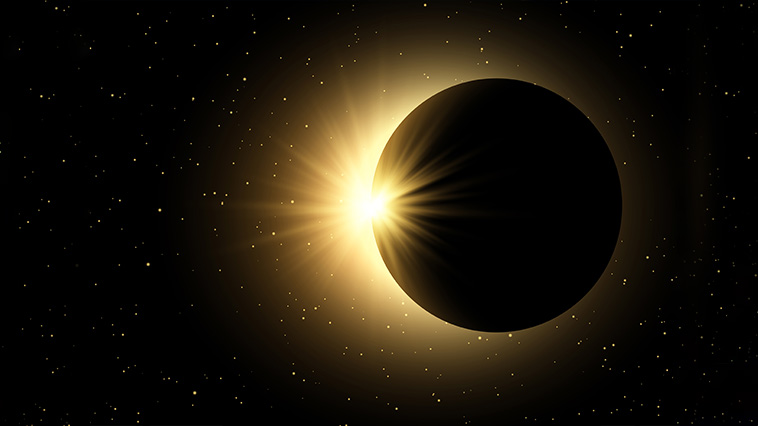On April 20, 2023, a hybrid solar eclipse which only occurs once every decade. A hybrid solar eclipse comprises all three types of solar eclipses and incorporates all three regions of the Moons shadow: the umbra, penumbra, and antumbra. The hybrid eclipse happens when Earth passes through the region where the Moons’ antumbra, a half-shadow that starts where the umbra stops, and its umbra, the darkest part of the moon’s shadow, meet.
An annular solar eclipse takes place when the moon is farther away from Earth and only partially obscures the sun, while a total solar eclipse occurs when the moon totally eclipses the sun’s face. As the name implies, a hybrid solar eclipse combines the two. According to NASA, a hybrid eclipse changes from an annular to a total eclipse as the moon crosses the sun on Earth’s curved surface. This month’s spectacle, which only happens a few times every century, will be visible in far-off regions of the Southern Hemisphere, mostly at sea.
Around April 15-23, the Puppida meteor showers will become more visible each night. The shower will be more active from dusk until around 9:53 p.m. When the radiant point sets below the Western horizon.
On April 23, you will see the Lyrid Meteor Shower, an annual when the Hercules constellation is at its peak. During the event, about 20 meteors will break over the night



